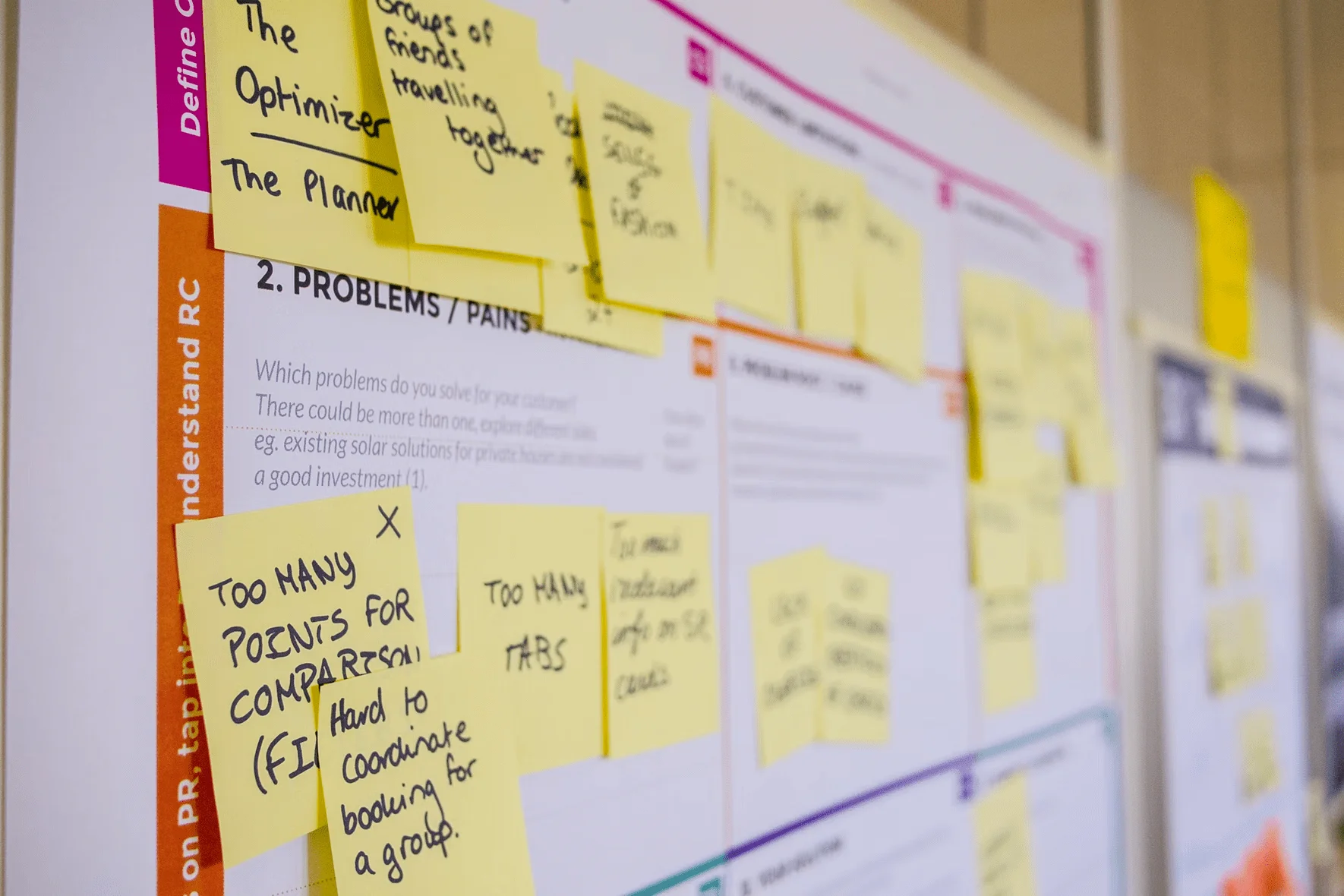


There are a lot of strategies out there for getting started on your digital transformation journey. One common approach is to complete a big project that overhauls all the systems you need in one shot. This, however, leads to delays and budget overruns and often doesn't fulfil the desired effect.Instead, we recommend going through a series of smaller changes that incrementally improve your digital processes so that you can delight your customers while making sure your business stays viable to fund future transformations. To do this, let's look at what needs to be done:
To begin, assess the current state of your organization. You need to understand where you are currently at from an
organizational perspective and determine what digital
capabilities are needed in order for that transformation to be successful. This means that it’s important to know:

Defining your target state gives clarity and focus to the journey you will take. It’s important that this vision is clear, understandable, and shared across the organization.
When defining your target state, it’s essential that you think beyond digital technology itself and consider how other aspects of your business (e.g., culture) might impact on digital transformation. This can be particularly useful if there are competing priorities within an organization or key stakeholders who may not be supportive of change initiatives.
You could use the SMART goal framework (specific, measurable, achievable, realistic and time-bound) to help create goals that are measurable over time with milestones along the way.

A gap analysis is a useful tool for identifying where your organization stands in relation to its digital maturity, and how it can improve. It's also an important way of ensuring that your digital strategy isn't just another piece of paper sitting on the shelf.
The first step is to define the problem before starting on a solution. Once you've got this clear in your mind, it's time to set goals for yourself or others within your team – but don't worry about what other people are doing! You need to be ambitious with these goals, but realistic enough so that you'll actually be able to achieve them without burning out halfway through (which would defeat the point entirely).

The next step is prioritizing the projects and initiatives you want to take on. Having a clear understanding of your organization's digital maturity can help you determine where to start, but there are a few other things to consider as well.

Next, you’ll need to develop a roadmap based on your gap analysis. The roadmap should include:

Digital maturity is different for every organisation and can take many forms, but it will always be defined by a set of KPIs that show how well you are doing in relation to your competitors.
You should identify the gaps between where you are now and where you want to be in the future before creating any digital maturity frameworks or roadmaps. If there is no gap, then there is no need for action!
Once you have identified your priorities, determine which areas need attention first by considering who has the most influence over how these improvements will be made (e.g., IT or management). Focus on these changes first as they may not only provide significant benefits but also encourage others within the organisation to become more involved in digital transformation efforts later down the line – it’s all about helping everyone achieve their goals together, especially when working within tight budgets or time constraints!

It is important to remember that you can't jump from one state to another overnight. It's a journey, and it will take time. But with an effective framework like this one, you will be able to make sure your organization has the tools needed to succeed in today's competitive marketplace.
If you need help during this journey, our MGA experts are ready to get started with your business.
We are always available.